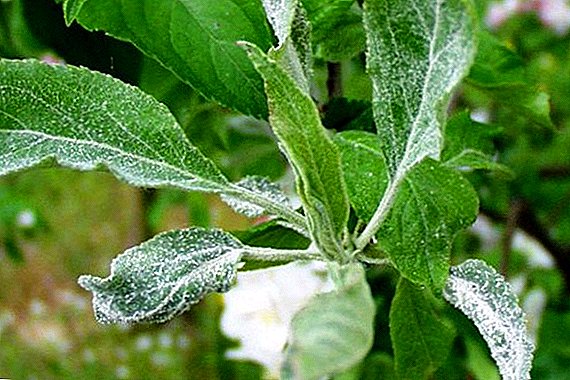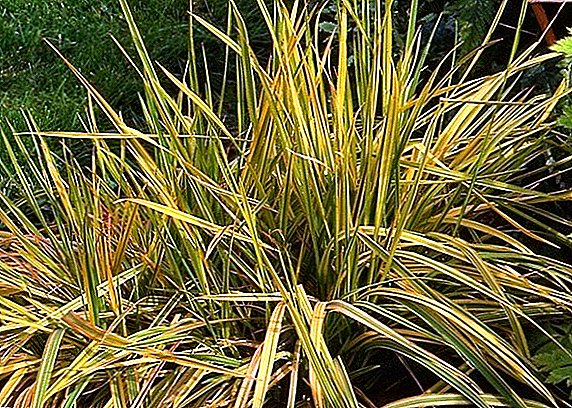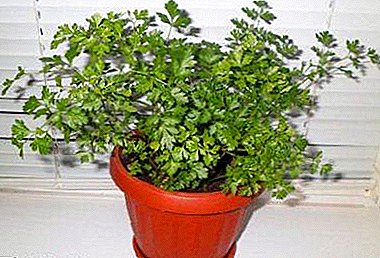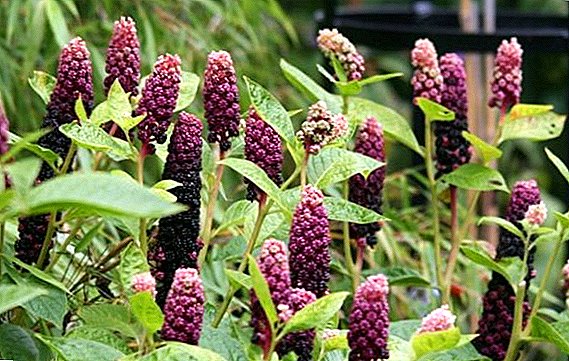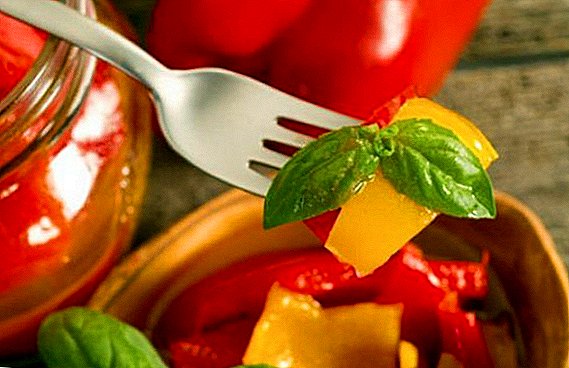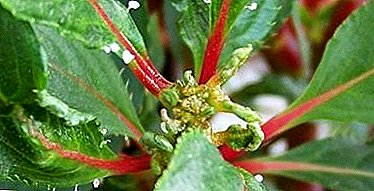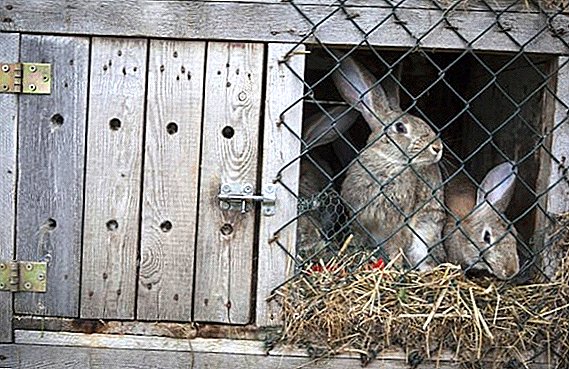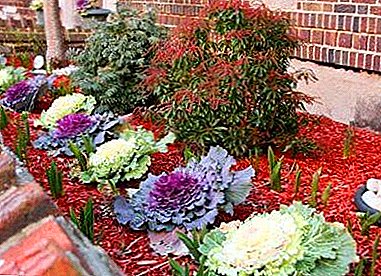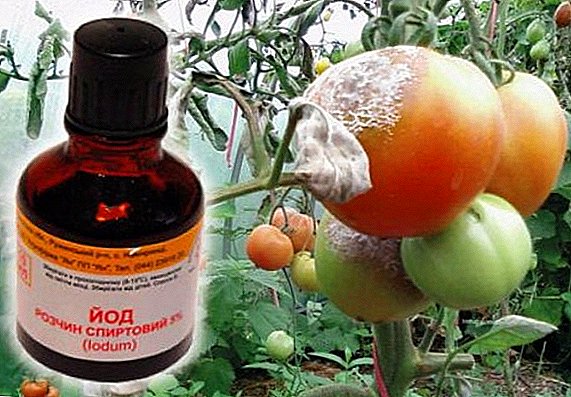 Every gardener wants to get a rich harvest from him, while minimizing the amount of nitrates used. For some, it’s just a matter of pride, while others simply don’t want to give their children fruits and vegetables grown with pesticides. In this article we will explain how to water the tomatoes with iodine. By following the tips, you will not only provide good care for growing vegetables, but also be able to protect the crop from pests. You will also learn what are the subtleties of feeding seedlings of tomatoes and peppers with iodine and milk.
Every gardener wants to get a rich harvest from him, while minimizing the amount of nitrates used. For some, it’s just a matter of pride, while others simply don’t want to give their children fruits and vegetables grown with pesticides. In this article we will explain how to water the tomatoes with iodine. By following the tips, you will not only provide good care for growing vegetables, but also be able to protect the crop from pests. You will also learn what are the subtleties of feeding seedlings of tomatoes and peppers with iodine and milk.
What is useful iodine for tomatoes?
Iodine is often used for tomatoes as an effective fertilizer, with which you can improve the nitrogen metabolism in the root system, and therefore - to get rid of the need to use saltpeter, which can harm the soil.  Unlike other supplements, iodine allows you to:
Unlike other supplements, iodine allows you to:
- increase yields due to soil saturation with nutrients;
- stop the spread of fungal microorganisms both in the ground and on the seedlings themselves;
- increase the degree of resistance to various infections;
- save the crop from immunodeficiency, which can lead to spoilage of vegetables;
- make tomatoes more resistant to adverse weather conditions, such as drought and vice versa, excessive moisture.
Did you know? World iodine reserves are estimated at 15,000,000 tons.
In addition, the use of iodine for tomatoes is a good means of protection against phytophthora. Timely chemical treatment of disease-infected beds will save the entire crop. It is also believed that the presence of iodine allows the fruits of tomatoes to quickly acquire a rich and uniform red color.
The presence of iodine in the soil allows the plants to better cope with various diseases at an early stage and get the necessary nutrition. Unlike other types of fertilizers with a rich chemical composition, iodine in the prescribed quantities cannot harm a person when it comes in contact with the skin, so you can safely spray this fertilizer without having to use special precautions or put on a chemical protection suit.  The natural need of tomatoes in it is low, but at the same time the vegetable crop reacts to such top dressing with rapid development and good yield.
The natural need of tomatoes in it is low, but at the same time the vegetable crop reacts to such top dressing with rapid development and good yield.
Important! Iodine is a poisonous substance, and there is enough dose of 3 g per person in the body for death, so try not to overdo it with its use.
The global consumption of the chemical has exceeded 26 thousand tons a year and every year this value increases, as more and more farmers recognize this feeding effective for increasing yields.
Signs of iodine deficiency
Iodine deficiency - One of the most common problems not only for the human body, but also for the successful growth of vegetable crops.
Usually, microelement deficiency can be determined visually, since its reduced amount causes many diseases, the symptoms of which are clearly visible on tomatoes.  There are several characteristic signs of iodine deficiency in plants:
There are several characteristic signs of iodine deficiency in plants:
- Reduced immunity and low resistance to the effects of parasites and infectious diseases. This is evident from the lethargy of the leaves, the pale color of young shoots and the thin stems of tomatoes.
- The presence of diseases such as the appearance of brown spots, late blight and root rot also indicates the absence of useful nourishment. Tomatoes are doomed to death if not to ensure timely harvesting of the crop.
- Low yield and fertility. Lack of matter in the soil can lead to reduced fertility and even to its complete absence. As a result, the harvest will be either late and weak, or will not appear at all.
- Low resistance to changeable weather. Poorly fed crops often die when exposed to summer heat and drought, as well as do not tolerate excessive watering.
Important! Like other crops, tomatoes are able to obtain the necessary chemical elements from the soil and atmosphere, so try not to overdo it with top dressing.
For good growth and development, plants need a small amount of iodine, so it is not released in a separate form just as a fertilizer for agricultural work. However, this simple medical product can be purchased in free form at any pharmacy or immediately buy fertilizers, which include this element. For example, a high content of this substance is in simple ash, manure and phosphate rock, in which potassium and sodium are also added. 
Read also about the use of iodine for cucumbers and strawberries.
Disinfecting Seeds Before Planting
Iodine is used not only as a top dressing for tomatoes. Prepared on its basis with a solution process vegetable seeds before planting. Such treatment reduces the risk of plant disease in the future and destroys various harmful microorganisms that can begin to multiply already on the seeds.
For processing, you need to perform simple steps:
- take 0.1 g of iodine per liter of water heated to room temperature;
- pour the seeds into the resulting solution and hold for 10 minutes;
- then drain the solution and thoroughly wash the seeds in clean water at room temperature;
- after washing, place the seeds on paper napkins or a towel that will absorb excess moisture.
The process of drying the seeds is simple: they are kept in the open sun for 7 days, during which the seeds are mixed several times.
After drying, the seeds should be collected in a bag impermeable to light and prepared for planting.  When backfilling after drying, you must carefully check all the seeds for damaged or stuck together. Such in a similar situation must be divided. In the case of subtle darkening or dark spots, it is better to discard the infected seeds, as they are already infected with the infection and cannot be processed.
When backfilling after drying, you must carefully check all the seeds for damaged or stuck together. Such in a similar situation must be divided. In the case of subtle darkening or dark spots, it is better to discard the infected seeds, as they are already infected with the infection and cannot be processed.
Thanks to this treatment, the risk of introducing various infectious agents with the seeds into the soil, which can ruin your entire crop, will be significantly reduced.
Important! Almost all diseases of vegetable crops occur through the transmission of seed diseases (up to 80% of cases) and only 20% of the lack of nutrients in the soil.
There is another method of disinfection, when the prepared solution is additionally heated to 50-60 ° C. When this happens, "natural selection" occurs because the weaker and more susceptible seeds will die.
How to feed tomatoes with iodine
Before you begin the process of feeding, you need to know when to use iodine for tomato seedlings and how to water this vegetable.  When tomatoes are still growing in seedlings, you should use a similar dressing no earlier than 10 days after planting seedlings in the ground. After the first treatment, the next spraying should be applied with a frequency of once every three months.
When tomatoes are still growing in seedlings, you should use a similar dressing no earlier than 10 days after planting seedlings in the ground. After the first treatment, the next spraying should be applied with a frequency of once every three months.
According to summer residents, such dressing allows the fruits of tomatoes to grow 15% more and ripen 2-3 days earlier.
Did you know? For a long time it was believed that tomatoes are poisonous and should not be eaten. Only in 1820 did they finally get rid of this prejudice.
There are two methods of feeding: root and foliar.
Root
Root processing allows you to feed the tomatoes for better ripening of fruits like iodine and fertilizers based on it.
For root feed solution is made according to the recipe: one drop of iodine per 3 liters of water, heated to room temperature. Next, the resulting solution should be thoroughly mixed to give the chemical uniformly dissolved in water.
Read also about the yeast dressing of tomatoes.
The resulting solution process the root of each plantby doing it then when the land at the landing site dried up a bit. 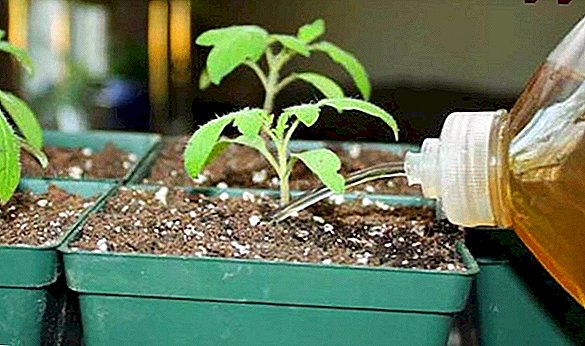
- The optimal time for root processing: the appearance on the seedlings of the second pair of leaves, excluding the cotyledons.
- Re-processing should be done when the brush is set at the tomato bush. In this case, it is necessary to use a solution of lower concentration: three drops per ten-liter bucket of water, and no more than one liter of solution should go to each bush.
- The last dressing at the moment of ripening is carried out at the fruiting stage. In this case, use a mixture with a more complex composition: in five liters of boiling water dissolve three liters of ash powder, which is thoroughly stirred and left to cool. After that, 10 grams of boric acid is added to it and topped up with warm water to a total of 10 liters, after which the mixture is mixed again and then divided according to the principle: 1 liter of the mixture per 10 liters of water at room temperature. After that, make-up is made for each tomato bush, at the rate of no more than one liter for each tomato bush.
Did you know? In total in the world there are over 10,000 varieties of tomatoes.
Foliar
This type of feeding is made with the help of milk and is suitable for both tomato seedlings and allspice. The recipe is quite simple:
- take one liter of boiled water at room temperature;
- add one glass of low-fat milk;
- add five drops of tincture of iodine;
- mix the resulting mixture and use for spraying.
Remember that at the time of spraying you need to keep the irrigation tool at a sufficient distance so that irrigation is uniform over the entire area. It is necessary to spray both the base and the leaves of tomatoes, but not to overdo it in some areas to avoid chemical burns on the tomato leaves.
Important! The use of nonfat milk with iodine gives an excellent result in the fight against late blight on tomatoes.
To prevent the occurrence of phytophthora sprinkling, it should be carried out no more than once every two weeks, and it is allowed to water the base of the bushes daily with a small amount of milk to saturate the tomatoes with the necessary amount of calcium and protein.
As you can see, in this method of feeding there is nothing complicated or expensive. Water is taken from the tap, a bottle of iodine can be bought at any pharmacy for a few money. Given the low consumption of the active substance, the content of even one bubble is enough for a large number of tomato beds, which will provide you with a rich harvest of tomatoes for the joy of the household.


